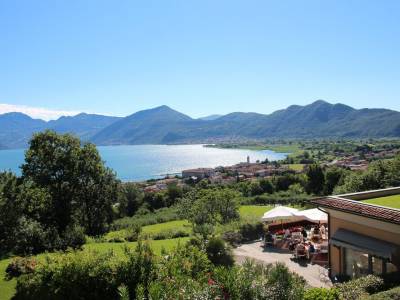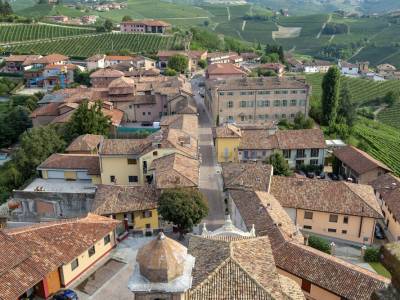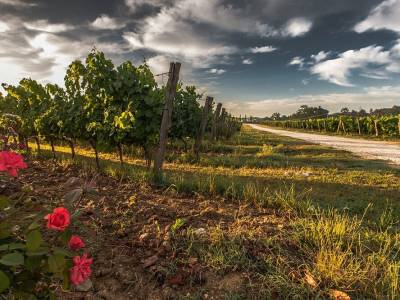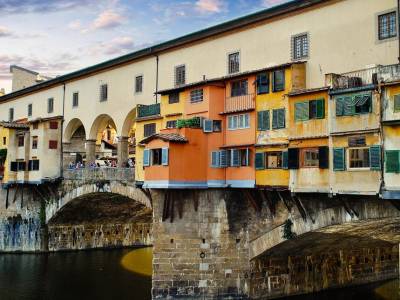Modena’s most marvellous vinegar!
27 Sep 2023 Magazine TALESCOLLECTION 1295Modena’s long history of balsamic vinegar making stretches back to ancient times, and there is even evidence of the Estensi Dukes (members of the European dynasty The House of Este who were present in Modena from 1288-1796) giving the condiment to others as a royal gift. If you want to learn more about the might of the House of Este, we recommend visiting the Palazzo Ducale in Modena, which, now the home of a prestigious military academy, was originally designed by the architect Avanzini, and gives you an idea about the scale of the Este family’s magnificence and wealth.

Despite the pomp and glamour of being featured in noble households such as the House of Este, balsamic vinegar was also used in domestic homes, gracing the tables of the rich and poor Modenese people alike.
Since its humble beginnings, the vinegar has undergone lots of transformations, for example, a political association for traditional balsamic vinegar was established in 1969 which aimed to upgrade the production of the condiment. Since then, a consortium has also been established in order to control quality. Part of this quality control includes the fact that the vinegar has registered DOP status (standing for “Denominazione di origine controllata” or “controlled designation of origin” in English), meaning that – like Cornish pasties that can only be produced in Cornwall – to be called Balsamic Vinegar of Modena, it has to be produced in a certain geographical location, and adhere to certain production methods.

Acetaia Sereni
What makes this vinegar different?
But what actually is balsamic vinegar? And what makes it different from the British vinegar we are all used to seeing at our local chippy? Balsamic vinegar from Modena is made from characteristic grapes of the region – Trebbiano and Lambrusco – which are pressed, cooked, and left to acidify in casks made of woods ranging from mulberry to chestnut, oak to cherry, and sometimes even juniper! The amount of time it is left to age denotes what form the final product becomes; Traditional Balsamic Vinegar of Modena has been aged for 12+ years, whereas Vintage Traditional Balsamic Vinegar of Modena has been aged for 25+ years. Just imagine creating a tasty balsamic treat, and not being able to taste it until two and a half decades had gone by! But, patience is a virtue, and waiting for so long contributes to the vinegar’s individual, heavenly taste.
Now populating many shops all over the world, people are acquiring a taste for Balsamico Tradizionale di Modena, and many are curious to find out where the very best vinegar is made. If you’re among those curious about the condiment, and want to head off on a vinegar venture, then make your way to Modena, and visit some of the farms and “aceto balsamico” that produce the tasty treat.

Duomo di Modena
More about Modena
Other unmissable things to see when you make your trip to Modena include:
- The cities variety of museums – from the Museum of Archeology to the Roman Epigraphic Museum – which house many remains and monuments from the Roman era.
- The Estense Gallery, where you can see masterpieces by artists such as El Greco and Tinteretto, as well as musicians, jewels and other artefacts. There’s even a bust carved by Bernini!
- And of course, the Cathedral, which dates back to medieval times, and, along with the Piazza Grande and the Ghirlandina, is a UNESCO World Heritage Site.
- Or, if you’re more into modern technology than antiquated art, head to the Ferrari museum, which is housed in an eye-catching structure that resembles the shape of a yellow aluminium car bonnet!










